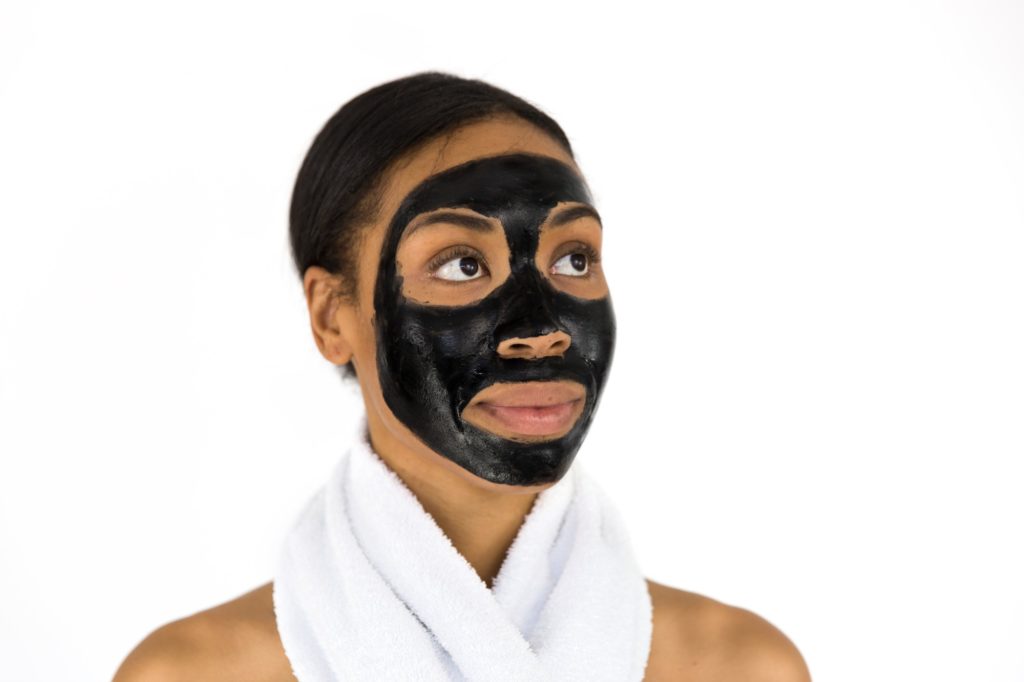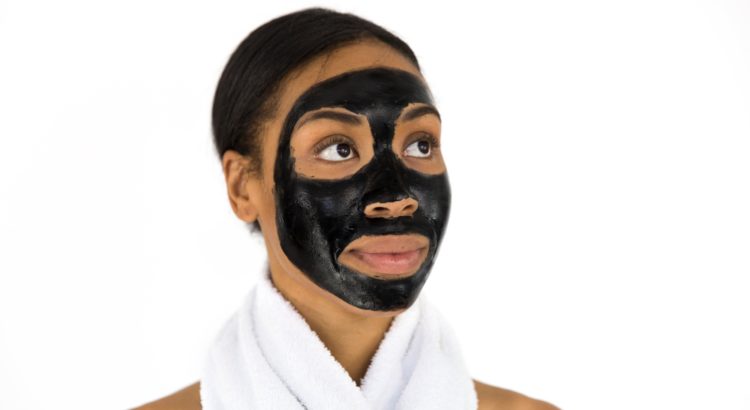
Everyone deserves skin they love, but not all of us can fork over $300 every few weeks for a spa treatment.
Thankfully, you don’t need a personal aesthetician for flawless skin. You can get plump, dewy skin at home with a HydraFacial or microdermabrasion machine.
When should you choose a HydraFacial vs. a microdermabrasion device? It depends on your skincare goals. Keep reading to learn the difference between the two types of microdermabrasion.
What Is a HydraFacial?
HydraFacial may not have the name recognition that microdermabrasion does, but it’s impossibly popular among beauty enthusiasts. Someone gets a HydraFacial treatment every 15 seconds.
What is HydraFacial? It’s a “medical-grade hydradermabrasion device” that cleanses, exfoliates, and then infuses.
Hydradermabrasion – isn’t that just like microdermabrasion? Not at all, as it turns out. Hydradermbrasion uses suction power to empty pores, which is much gentler than the exfoliation used in microdermabrasion.
The machine uses spiralized treatment tips that suck the sebum out of pores and then replace them with potent serums that transform your skin.
After the treatment, your skin should be brighter, plumper, and enjoy an extra layer of protection.
There are also boosters available to take the cleansing, exfoliating, and infusing to the next level.
Who Benefits from HydraFacials?
People of any age and all complexions benefit from a HydraFacial because it tackles the concerns you experience at different ages.
It helps teens (and adults) relieve acne and stay hydrated. People in their twenties and thirties can use it to keep their skin tone even and prevent wrinkles and hyperpigmentation. It also helps older patients struggling with sun damage or pre-cancerous spots.
Of course, like all procedures, some people should avoid it. If you have an active rash or recent sunburn, then you should wait for the treatment. It could also have adverse effects on anyone with rosacea.
Finally, women who are pregnant should avoid treatment. While the procedure itself isn’t damaging, some of the serums and ingredients aren’t proven to be safe for expectant mothers.
What Is Microdermabrasion?
Microdermabrasion is an exfoliation treatment that digs deep to remove dead skin cells and improve the overall appearance of your skin, including tone and texture. You can use it to reduce the impact of:
- Fine lines and wrinkles
- Age spots
- Sun damage
- Melasma
- Acne scars
A microdermabrasion machine uses an abrasive applicator that effectively works like a skin-safe sanding machine. it removes the outer layer of the skin to encourage the skin to rejuvenate itself. Over the years, manufacturers have come up with a considerable number of devices designed for professional and personal use. These devices include different tips like the diamond-tip handpiece and crystal microdermabrasion.
The procedure isn’t exactly a joy, but it doesn’t hurt enough to use a numbing agent or anesthesia. You will probably leave the office with some redness or mild tenderness or swelling, but these typically disappear the same day. Additionally, you need to use moisturizer and sunscreen to protect your skin after the treatment. You should avoid direct sun exposure for the next few weeks.
Who Benefits from Microdermabrasion?
You can use microdermabrasion regardless of your skin type or color. Most of the time, however, it works for anti-aging purposes or skin brightening.
However, you might not benefit from the treatment if you have cystic acne or use prescription-strength acne treatments. These treatments can make your skin very sensitive, and you can’t use them after a microdermabrasion treatment.
People with rosacea or skin conditions like eczema, dermatitis, and psoriasis should also avoid microdermabrasion.
If you have fragile capillaries, you should also avoid the treatment as the pressure can cause them to burst.
HydraFacial vs. Microdermabrasion: What’s the Difference?
Now, you know that there’s a tangible difference in the way the HydraFacial and microdermabrasion machines work. One goes the extra mile in exfoliation with an abrasive surface, and the HydraFacial relies on suction technology to repair and replace.
HydraFacial Works Best for Acne and Blackheads
People with acne shouldn’t use microdermabrasion, and if you have blackheads, you may find the procedure makes blackheads worse.
However, HydraFacial’s treatment is much better suited to acne. It removes impurities and can replace them with acne-fighting serums.
HydraFacial Is Safer to Use Before a Big Event
When you leave a HydraFacial appointment, you look like you just left the spa. Your skin glows and is plump and even. In some cases, you might have redness or irritation, particularly if you have a skin condition you don’t disclose or if you try a specific booster serum.
However, generally, your skin looks much healthier than it does in the hours after leaving a microdermabrasion appointment.
Microdermabrasion May Be Better for Stretch Marks, Scars, and Other Lines
Microdermabrasion works well for stretch marks and reducing the appearance of fine lines and wrinkles. However, you may need to use it in conjunction with a chemical peel for the best return on investment.
HydraFacial can also help with these by using serums to target the appearance of these imperfections.
However, it is worth noting that there’s no real way to get rid of skin damage. The best way to minimize damage is to prevent it in the first place. Both treatments can help you do this.
You Can Try Both at Home
You can buy both microdermabrasion and hydradermabrasion machines for both clinical and home use. Though there are typically more options in the microdermabrasion market.
What Home Facial Will You Try?
What’s the difference between a HydraFacial vs. microdermabrasion? Hydradermabrasion (the HydraFacial) is a play on the traditional microdermabrasion treatment. Both exfoliate, but the HydraFacial goes a step further and replaces the dead skin cells and sebum with a serum that targets your specific skin care goals.
Both work for all skin colors and most skin types. But anyone with a skin condition (including acne) should be careful before trying these treatments either in a clinic or on their own.
Are you thinking about investing in a microdermabrasion device for home use? Be sure to read our article on what to look in a microdermabrasion device before you buy.

if my face has acne, which one is the suitable? hydrafacial or microdermabrasion?